What Does 30 X 60 Binoculars Mean ?
30 x 60 binoculars refer to a specific type of binoculars that have a magnification power of 30x and an objective lens diameter of 60mm. The first number, 30, indicates that the binoculars can magnify the viewed object 30 times larger than what can be seen with the naked eye. The second number, 60, represents the diameter of the objective lens in millimeters. A larger objective lens diameter allows more light to enter the binoculars, resulting in brighter and clearer images. Therefore, 30 x 60 binoculars are designed to provide a high level of magnification and good light-gathering capabilities for detailed and enhanced viewing of distant objects.
1、 Magnification power of 30x and objective lens diameter of 60mm.
"What does 30 x 60 binoculars mean?" The term "30 x 60 binoculars" refers to the specifications of a particular pair of binoculars. It indicates that these binoculars have a magnification power of 30x and an objective lens diameter of 60mm.
The magnification power of 30x means that the binoculars can make objects appear 30 times closer than they actually are. This level of magnification is considered quite high and is suitable for various activities such as birdwatching, stargazing, or observing distant landscapes. With this level of magnification, you can see fine details and distant objects with greater clarity.
The objective lens diameter of 60mm refers to the size of the front lenses of the binoculars. A larger objective lens diameter allows more light to enter the binoculars, resulting in brighter and clearer images. This is particularly beneficial in low-light conditions or when observing objects at a distance.
It is important to note that while the magnification power and objective lens diameter are important factors in determining the performance of binoculars, they are not the only factors to consider. Other factors such as lens quality, prism type, and overall build quality also play a significant role in the optical performance of binoculars.
In recent years, there have been advancements in binocular technology, including the development of image stabilization systems, improved lens coatings, and lightweight materials. These advancements have enhanced the overall viewing experience and made binoculars more user-friendly.
In conclusion, the term "30 x 60 binoculars" refers to binoculars with a magnification power of 30x and an objective lens diameter of 60mm. These specifications indicate the level of magnification and light-gathering capabilities of the binoculars, allowing users to observe distant objects with greater detail and clarity.

2、 Binoculars with 30 times magnification and 60mm objective lens.
Binoculars with a specification of "30 x 60" refer to a specific type of binoculars that have a magnification power of 30 times and an objective lens diameter of 60mm. The first number, 30, represents the magnification power, which means that the object being viewed through these binoculars will appear 30 times closer than it would to the naked eye. This level of magnification is considered quite high and is suitable for various activities such as birdwatching, stargazing, or observing distant objects.
The second number, 60, represents the diameter of the objective lens in millimeters. The objective lens is the larger lens at the front of the binoculars that gathers light and focuses it onto the eyepiece. A larger objective lens allows more light to enter the binoculars, resulting in brighter and clearer images, especially in low-light conditions. Therefore, binoculars with a 60mm objective lens are generally considered to be suitable for use in low-light environments, such as during dawn or dusk.
It is important to note that the magnification power and objective lens diameter are not the only factors to consider when choosing binoculars. Other factors, such as the quality of the optics, the field of view, the weight, and the overall build quality, also play a significant role in determining the performance and usability of the binoculars.
In recent years, advancements in technology have led to the development of binoculars with even higher magnification powers and larger objective lenses. However, it is worth considering that higher magnification may result in a narrower field of view and increased image shake, making it more challenging to track moving objects. Additionally, larger objective lenses can make the binoculars heavier and bulkier, which may affect portability and ease of use.
Ultimately, the choice of binoculars depends on the specific needs and preferences of the user. It is recommended to try out different models and consult with experts or read reviews to find the binoculars that best suit individual requirements.
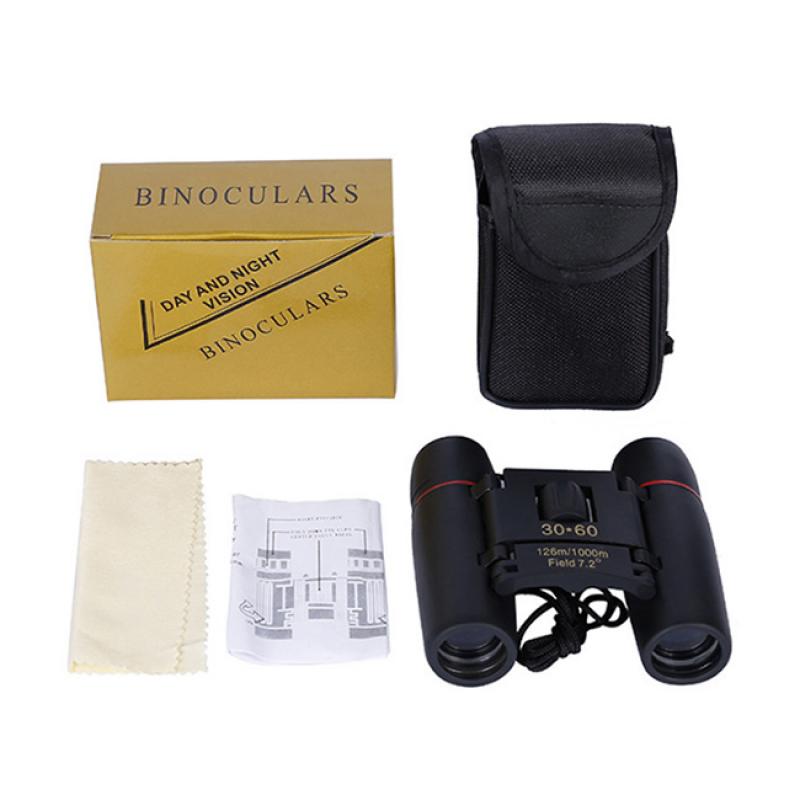
3、 Optics with 30x magnification and 60mm objective lens diameter.
"What does 30 x 60 binoculars mean?"
30 x 60 binoculars refer to a specific type of binoculars that have a magnification power of 30x and an objective lens diameter of 60mm. The first number, 30, represents the magnification power, which means that the binoculars can make objects appear 30 times closer than they actually are. This level of magnification is quite high and is suitable for various activities such as birdwatching, stargazing, or observing distant landscapes.
The second number, 60, represents the objective lens diameter in millimeters. The objective lens is the larger lens at the front of the binoculars that gathers light and forms the image. A larger objective lens diameter allows more light to enter the binoculars, resulting in brighter and clearer images, especially in low-light conditions. This makes the 30 x 60 binoculars suitable for use during dawn, dusk, or in dimly lit environments.
It is important to note that the magnification power and objective lens diameter are two crucial factors to consider when choosing binoculars. Higher magnification allows for more detailed observations, but it can also make the image shakier and reduce the field of view. On the other hand, a larger objective lens diameter provides brighter images but can make the binoculars heavier and bulkier.
In recent years, there have been advancements in binocular technology, such as image stabilization and lens coatings, which can enhance the viewing experience. These advancements can help reduce image shake and improve image clarity, even with higher magnification. Additionally, some binoculars now come with features like waterproofing and fog-proofing, making them more durable and suitable for various outdoor activities.
Overall, 30 x 60 binoculars offer a powerful magnification and a decent objective lens diameter, making them a versatile choice for many outdoor enthusiasts and nature observers.
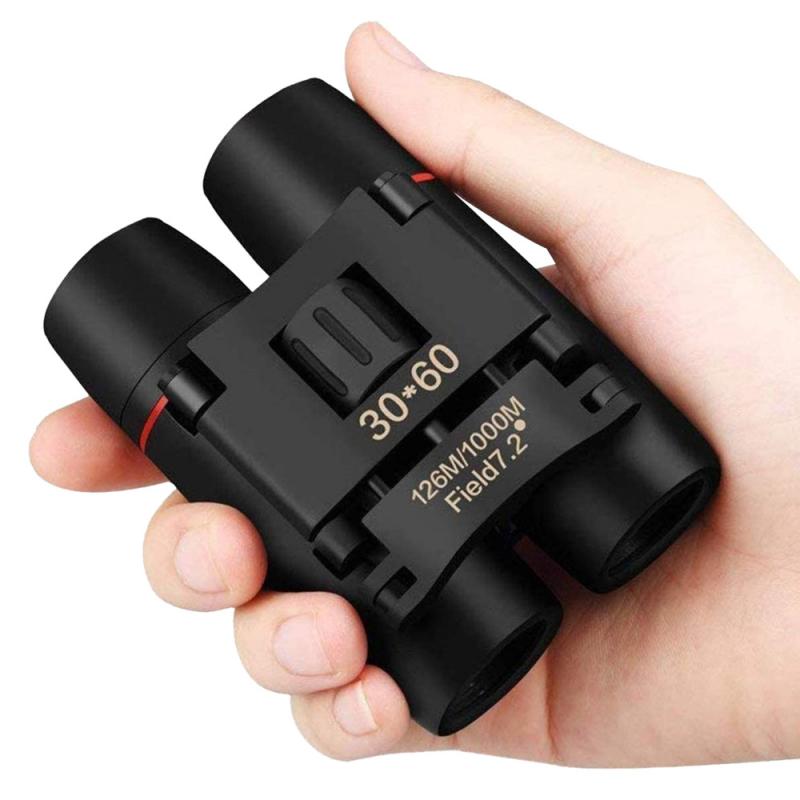
4、 Binoculars providing 30 times magnification and 60mm objective lens size.
What does 30 x 60 binoculars mean? Binoculars providing 30 times magnification and 60mm objective lens size.
When we see the numbers "30 x 60" associated with binoculars, it refers to two important specifications: the magnification power and the objective lens size. The first number, 30, represents the magnification power, indicating that the binoculars can make objects appear 30 times closer than they actually are. This level of magnification is quite high and is suitable for various activities such as birdwatching, stargazing, or observing distant landscapes.
The second number, 60, represents the objective lens size, which is measured in millimeters. The objective lenses are located at the front of the binoculars and are responsible for gathering light. A larger objective lens size allows more light to enter the binoculars, resulting in brighter and clearer images, especially in low-light conditions. A 60mm objective lens size is considered relatively large and is beneficial for activities that require good visibility in dimly lit environments.
It is important to note that while the 30 x 60 specification provides an indication of the binoculars' capabilities, it does not solely determine the overall quality of the device. Other factors such as lens quality, prism type, and overall construction also play a significant role in determining the performance and clarity of the binoculars.
In recent years, advancements in technology have led to the development of binoculars with even higher magnification powers and larger objective lens sizes. However, it is essential to strike a balance between magnification and lens size to ensure a comfortable viewing experience. Extremely high magnification can result in a narrower field of view and increased image shake, while excessively large objective lenses can make the binoculars heavy and cumbersome to use.
Ultimately, the choice of binoculars depends on the specific needs and preferences of the user. Whether it's for wildlife observation, sports events, or astronomical viewing, understanding the meaning behind the numbers can help in selecting the right binoculars for the intended purpose.
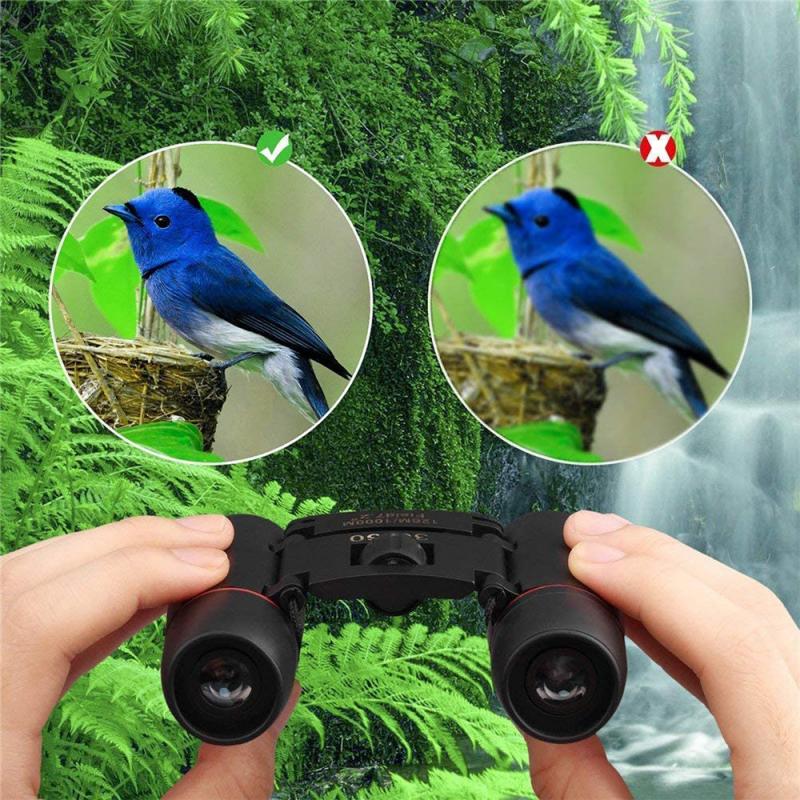










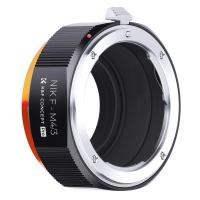

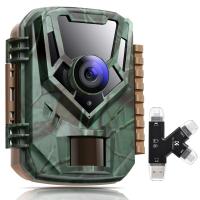
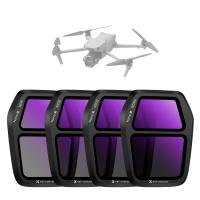


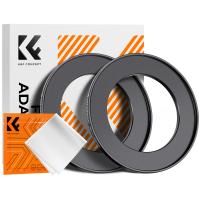

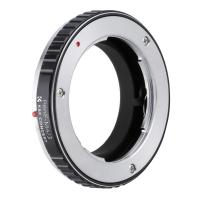


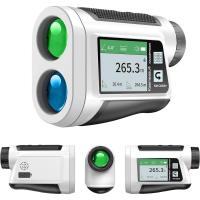

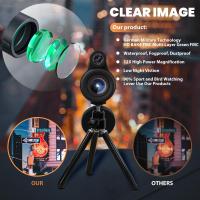
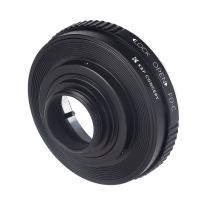

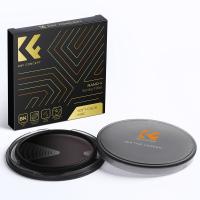

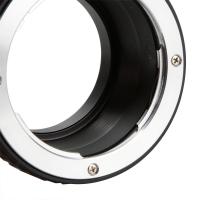
There are no comments for this blog.